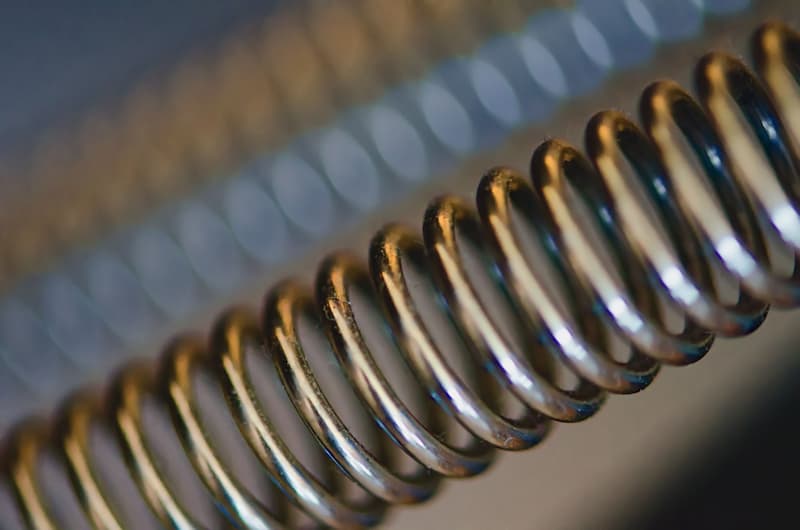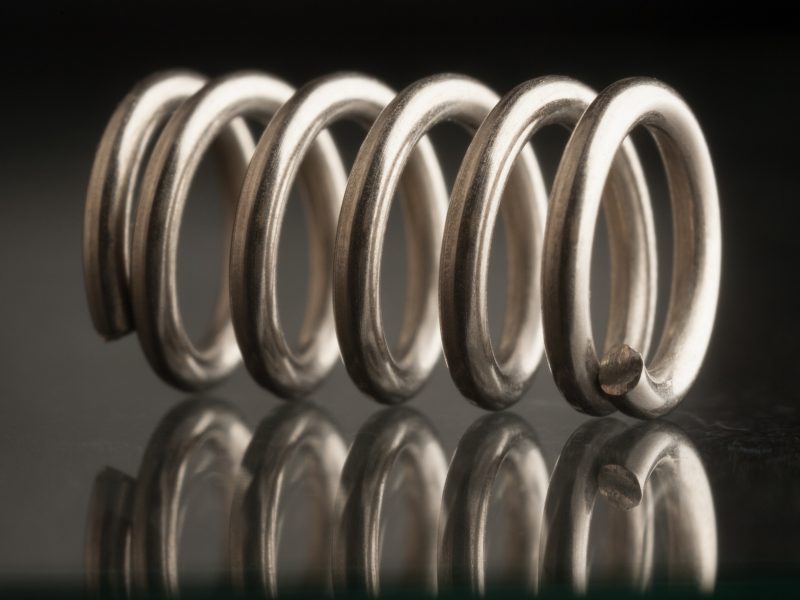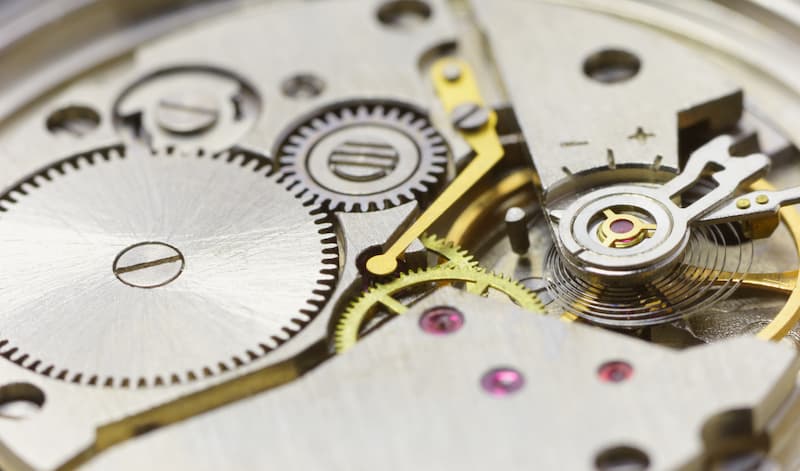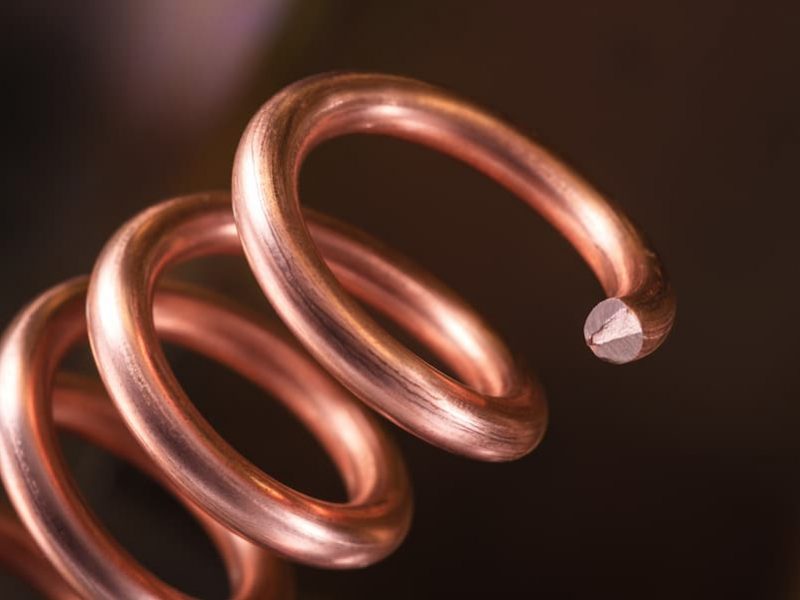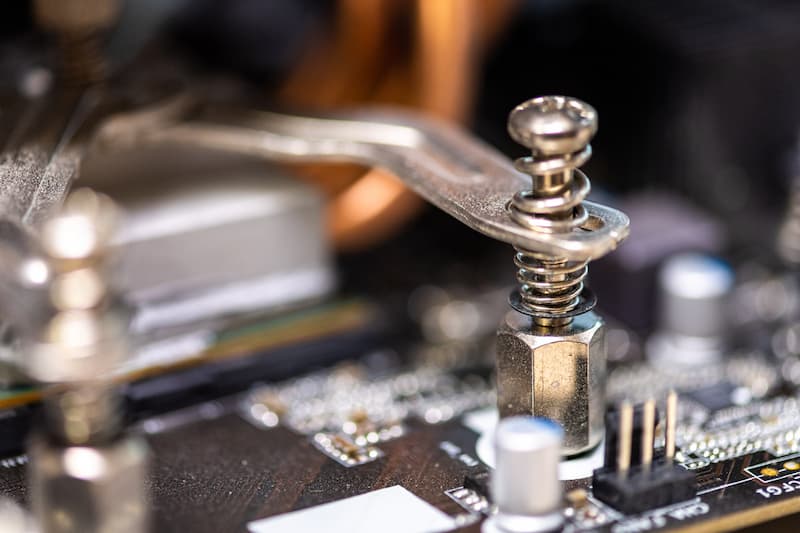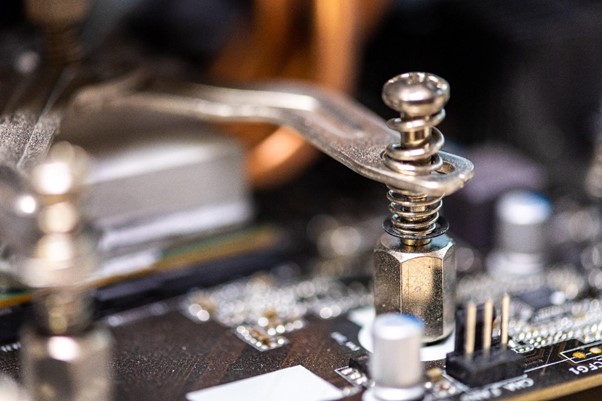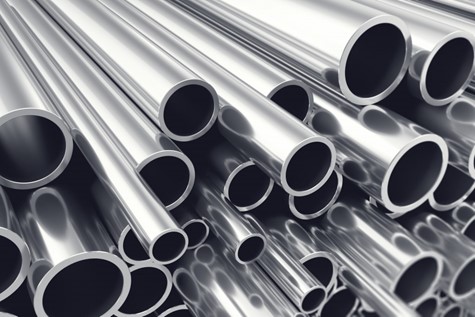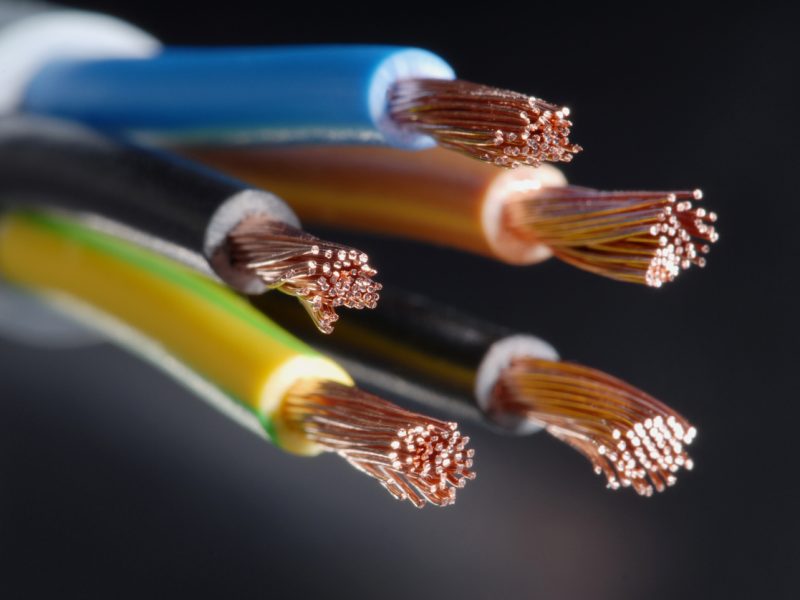Brass Springs: A Durable Solution for High-Corrosion Environments
What is Brass? Brass is a metal alloy comprised of copper and zinc amongst other materials. The proportions of copper and zinc can vary, making it a versatile and adaptable material in spring manufacturing. For instance, a brass spring that has a higher zinc content will tend to be stronger, whereas brass that has a… Continue Reading …
The Versatility of Carbon Steel: Strength, Durability, and Precision
Selecting the right material for industrial springs is crucial, as each type has unique properties suited to specific applications. For example, springs in the electronics industry often use copper or copper alloys for their excellent conductivity and corrosion resistance. On the other hand, industries needing high-strength springs frequently opt for carbon steel due to its… Continue Reading …
Compression Spring Materials and Finishes
Choosing the best spring material and finish is crucial for ensuring optimal performance and longevity of compression springs in various applications. Essentially, the material of the spring determines its mechanical properties, such as strength, elasticity, and durability, whilst the finish will provide essential protection. Read on to explore our guide on compression spring materials and… Continue Reading …
What Are the Applications of Flat Springs?
When most people think about springs, they tend to have a specific image in their minds. Of course, a classic compression helical spring is the most well-known, but many other designs, such as flat springs, fulfil vital functions. Flat springs may not resemble other springs, but they are used in a surprisingly broad range of… Continue Reading …
Small Springs Creating Better Electronics
The increasing complexity of electrical devices makes the reliability of the internal components vital to ensure a high-quality device. In addition, most electronic devices people use daily have many miniature components inside, including high-quality small springs. Benefits of Choosing Spring For Electronic Devices Small springs are essential for most electronics as they play vital roles… Continue Reading …
Springs Applications in Electronics
Springs are an essential component of almost every complex product. In addition, many everyday objects will require a specific spring design to function correctly, especially electronic devices. Complex devices such as smartphones, laptops and speaker systems are constructed of a staggering amount of miniature components that demand high reliability from their manufacturers. What Makes Small… Continue Reading …
Spring Materials: Non-Ferrous Alloys
Most springs share a common goal – they’re manufactured to store and release energy as required. Many materials on paper can perform this task (including paper itself, although we wouldn’t recommend it), but not all springs materials are created equal. When determining what spring you need for your required application, it’s essential to consider the… Continue Reading …
Springs in the Marine Sector
Here at Airedale Springs, we manufacture springs for a wide variety of industries. The spring is an integral part of modern engineering, and you’ll find them everywhere, but it is not a one-size-fits-all situation. Different industries require different springs made from materials that suit unique environments. Springs must possess the suitable properties for the job… Continue Reading …
Spring Materials: Stainless Steel
As experienced spring manufacturers, there are many different factors that we must take into account to ensure that our spring materials are suitable for each product. One of these considerations is the material they’re made from. When we manufacture our high-quality springs, we regularly work with a range of metals and alloys, including stainless steel…. Continue Reading …
What Makes Copper Such a Key Material in Spring Manufacturing?
Copper is an important metal in many industries, including in spring manufacturing. Its many properties make it useful for a range of applications and it can be alloyed with other metals to create materials with enhanced features. As spring manufacturers, we use a selection of materials to produce your springs and wire forms, including copper…. Continue Reading …



